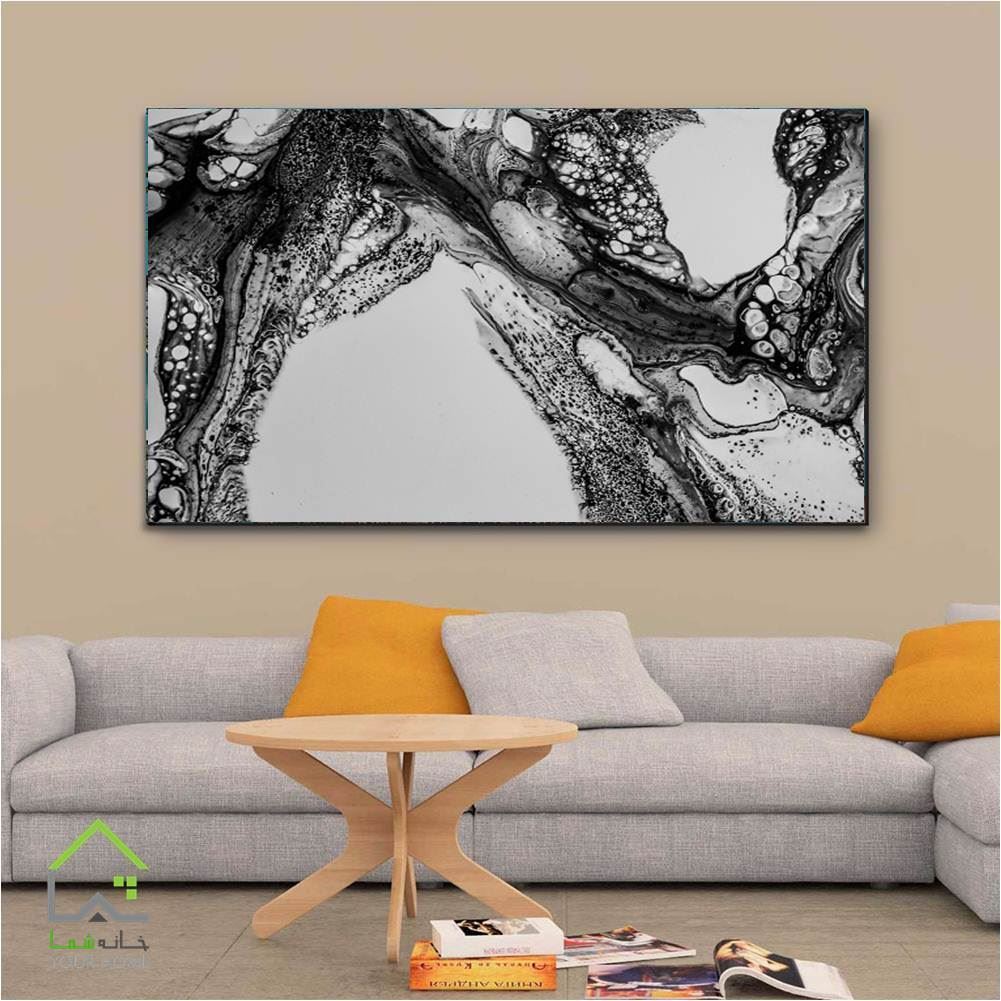Decorative wall panels are available in a wide range of materials, every offering distinctive aesthetics, durability, and functionality. The selection of fabric depends on components such because the meant use, room environment, and private preferences. Here are some common materials used for ornamental wall panels:
1. Wood:
Solid Wood: Authentic wood panels add heat and natural beauty to interiors. They are available numerous wooden species, each with its distinctive grain patterns.
Engineered Wood: MDF (Medium-Density Fiberboard) or HDF (High-Density Fiberboard) panels with wood veneers provide an economical alternative to stable wood.
2. MDF (Medium-Density Fiberboard):
MDF is a composite material made from wooden fibers and resin, pressed into panels. It's often used for its easy surface, which is appropriate for painting or veneering.
three. PVC (Polyvinyl Chloride):
PVC wall panels are lightweight, durable, and proof against moisture, making them suitable for bathrooms and kitchens. They often come in various colors and patterns.
4. Fabric:
Fabric-covered wall panels add a gentle and textured look to a room. These panels usually include a wooden or MDF body wrapped in material, offering acoustic benefits along with aesthetics.
5. Metal:
Metal wall panels, such as these made from aluminum or metal, add an industrial or modern contact to interiors. They are often used for modern design or to create a metallic accent.
6. Leather:
Leather-covered wall panels add an opulent and complicated really feel to a space. They are often used in upscale interiors and might present acoustic advantages.
7. Gypsum (Plaster):
Gypsum or plaster wall panels are molded or carved to create intricate designs. These panels are sometimes used for decorative purposes, adding a contact of class to walls and ceilings.
8. 3D Wall Panels:
3D wall panels can be created from varied materials, including MDF, PVC, or plant fibers. These panels create visual curiosity with raised patterns or textures.
9. Stone Veneer:
Stone veneer panels present the look of pure stone at a fraction of the weight and value. They are often used to create a rustic or luxurious aesthetic.
10. Bamboo:
- Bamboo wall panels are eco-friendly and add a pure, sustainable touch to interiors. They are lightweight and can be used for each decorative and useful purposes.
eleven. Acrylic:

- Acrylic wall panels provide a modern and trendy look. They are sometimes used in modern designs, offering a high-gloss end and straightforward upkeep.
12. https://nooreghaem.com/product-category/%d8%aa%d8%a7%d8%a8%d9%84%d9%88-%d8%af%da%a9%d9%88%d8%b1%d8%a7%d8%aa%db%8c%d9%88/ :
- Cork wall panels present a textured and pure appearance. They are often used for their acoustic properties and ability to add warmth to a space.
thirteen. Reclaimed Materials:
- Panels created from reclaimed wooden or other recycled materials contribute to sustainability efforts. These panels often showcase distinctive textures and character.
14. High-Pressure Laminate (HPL):
- HPL wall panels include layers of paper or cloth impregnated with resin and compressed underneath high pressure. They are recognized for their sturdiness and resistance to scratches and impacts.
The alternative of fabric will depend upon factors such as the specified aesthetic, finances, upkeep issues, and the specific requirements of the space where the ornamental wall panels will be put in..
